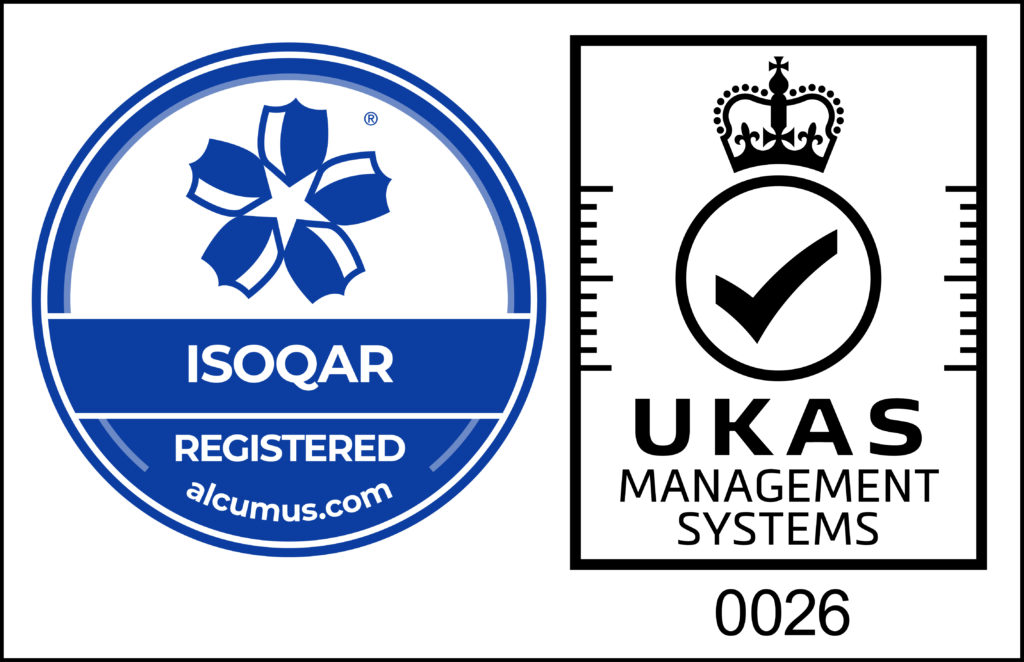Helpful Information
Resource
Center
Performance Packaging
Stock cartons to bespoke design
Bespoke Design Packaging
Built around your requirements
Cost Effective Packaging
Strategic design to aid costs
Experience
Over 30 years in the industry
Resources to help you
A list of helpful links and resources concerning packaging and the transport of dangerous goods
Below is a list of useful resources and links to information such as a FEFCO box style guide, and various important legislation regarding shipping and handling via different methods.
These links are updated regularly and should take you to the most current versions of legislation and laws. These include shipping via land, sea, air and rail and also information on the shipping of dangerous goods.
International Civil Aviation Organization (ICAO) Technical Instructions
Dangerous goods are carried regularly and routinely by air all over the world. To ensure they do not put an aircraft and its occupants at risk there are international Standards which each State, under the provisions of the Chicago Convention, are required to introduce into national legislation. This system ensures governmental control over the carriage of dangerous goods by air and gives world-wide harmonization of safety standards.
GoThe Carriage of Dangerous Goods and Use of Transportable Pressure Equipment Regulations 2009
The Carriage of Dangerous Goods and Use of Transportable Pressure Equipment Regulations 2009 have fully updated the legislation which effectively implements the requirements of the European agreement concerning the carriage of dangerous goods (ADR).
GoDangerous goods by Sea (IMDG)
The International Maritime Dangerous Goods (IMDG) Code was developed as a uniform international code for the transport of dangerous goods by sea covering such matters as packing, container traffic and stowage, with particular reference to the segregation of incompatible substances.
GoInternational Carriage of Dangerous Goods by Rail (RID)
The Intergovernmental Organisation for International Carriage by Rail (OTIF) was set up on 1 May 1985. The Organisation’s basis under international law is the Convention of 9 May 1980 (COTIF). The predecessor of OTIF was the Central Office for International Carriage by Rail, which was set up in 1893.
Go This Code has been developed by FEFCO and ESBO as an official system to substitute long and complicated verbal descriptions of fibreboard case and packaging constructions with simple symbols internationally understood by all, regardless of language and other differences.
This Code has been developed by FEFCO and ESBO as an official system to substitute long and complicated verbal descriptions of fibreboard case and packaging constructions with simple symbols internationally understood by all, regardless of language and other differences.
 Dangerous goods are carried regularly and routinely by air all over the world. To ensure they do not put an aircraft and its occupants at risk there are international Standards which each State, under the provisions of the Chicago Convention, are required to introduce into national legislation. This system ensures governmental control over the carriage of dangerous goods by air and gives world-wide harmonization of safety standards.
Dangerous goods are carried regularly and routinely by air all over the world. To ensure they do not put an aircraft and its occupants at risk there are international Standards which each State, under the provisions of the Chicago Convention, are required to introduce into national legislation. This system ensures governmental control over the carriage of dangerous goods by air and gives world-wide harmonization of safety standards.
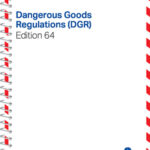 Keeping your IATA Dangerous Goods Regulations manual up to date is essential to ensure that you are up to date with the latest regulation changes. The link below will take you to IATA’s list of addendums to the latest DGR.
Keeping your IATA Dangerous Goods Regulations manual up to date is essential to ensure that you are up to date with the latest regulation changes. The link below will take you to IATA’s list of addendums to the latest DGR.
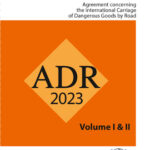 The UNECE publish the ADR which is the European Agreement concerning the International Carriage of Dangerous Goods by Road. The link below will provide you with a copy of the latest edition along with the latest corrigendum’s.
The UNECE publish the ADR which is the European Agreement concerning the International Carriage of Dangerous Goods by Road. The link below will provide you with a copy of the latest edition along with the latest corrigendum’s.
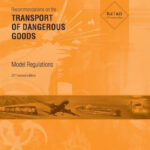 The Carriage of Dangerous Goods and Use of Transportable Pressure Equipment Regulations 2009 have fully updated the legislation which effectively implements the requirements of the European agreement concerning the carriage of dangerous goods (ADR).
The Carriage of Dangerous Goods and Use of Transportable Pressure Equipment Regulations 2009 have fully updated the legislation which effectively implements the requirements of the European agreement concerning the carriage of dangerous goods (ADR).
The International Maritime 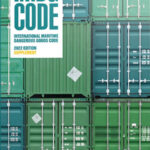 Dangerous Goods (IMDG) Code was developed as a uniform international code for the transport of dangerous goods by sea covering such matters as packing, container traffic and stowage, with particular reference to the segregation of incompatible substances.
Dangerous Goods (IMDG) Code was developed as a uniform international code for the transport of dangerous goods by sea covering such matters as packing, container traffic and stowage, with particular reference to the segregation of incompatible substances.
The Intergovernmental Organisation for International Carriage by 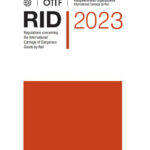 Rail (OTIF) was set up on 1 May 1985. The Organisation’s basis under international law is the Convention of 9 May 1980 (COTIF). The predecessor of OTIF was the Central Office for International Carriage by Rail, which was set up in 1893.
Rail (OTIF) was set up on 1 May 1985. The Organisation’s basis under international law is the Convention of 9 May 1980 (COTIF). The predecessor of OTIF was the Central Office for International Carriage by Rail, which was set up in 1893.
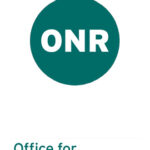 The Office for Nuclear Regulation’s mission is to provide efficient and effective regulation of the nuclear industry, holding it to account on behalf of the public.
The Office for Nuclear Regulation’s mission is to provide efficient and effective regulation of the nuclear industry, holding it to account on behalf of the public.
NEWSLETTER
Sign up to our newsletter and be the first to know all the news.
BUSINESS ADDRESS
BUSINESS CONTACT

